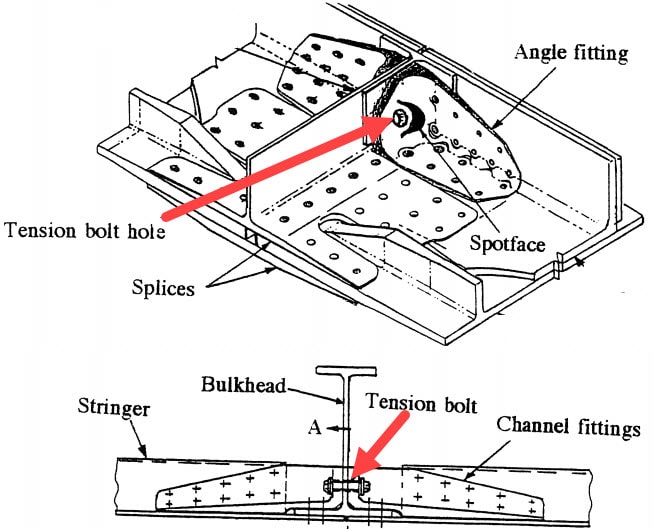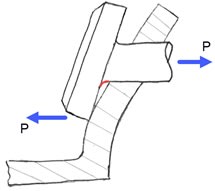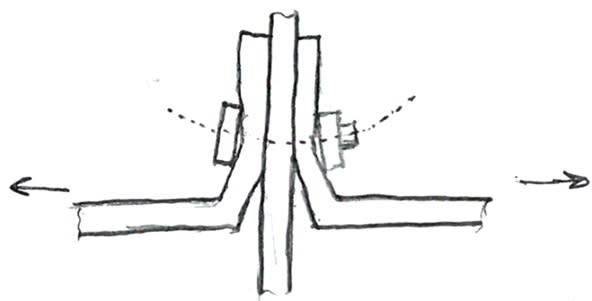A_aerospace
Aerospace
- Oct 29, 2019
- 10
Hi all,
In one fuselage design of a transport aircraft I saw titanium hi-loks DAN7 in classical channel tension fitting. Fitting connects two parts of a beam and the beam itself is a longitudinal sill over fuselage door cut-out. Primary structure. Usually (to my experience) steel fasteners are used in such locations. However, there are different engineers and different opinions. I listened carefully to their point of view on a subject. Key arguments are:
- DAN7 Hi-lok has shear-tension head type, so it’s designed for tension use.
- Static strength is checked (by calculations). MS is high.
- Fastener fatigue life is calculated. LF is high.
Those bullets are correct. But still I am not fully convinced. Am I too conservative? I tried to find some recommendations in books regarding fastener type/material for tension fittings, but found nothing.
I would like to hear your general opinion as a third side. Is it Ok to use titanium fasteners in primary structure tension fittings? And a reference with recommendations (if exists) would be extremely useful.
In one fuselage design of a transport aircraft I saw titanium hi-loks DAN7 in classical channel tension fitting. Fitting connects two parts of a beam and the beam itself is a longitudinal sill over fuselage door cut-out. Primary structure. Usually (to my experience) steel fasteners are used in such locations. However, there are different engineers and different opinions. I listened carefully to their point of view on a subject. Key arguments are:
- DAN7 Hi-lok has shear-tension head type, so it’s designed for tension use.
- Static strength is checked (by calculations). MS is high.
- Fastener fatigue life is calculated. LF is high.
Those bullets are correct. But still I am not fully convinced. Am I too conservative? I tried to find some recommendations in books regarding fastener type/material for tension fittings, but found nothing.
I would like to hear your general opinion as a third side. Is it Ok to use titanium fasteners in primary structure tension fittings? And a reference with recommendations (if exists) would be extremely useful.





